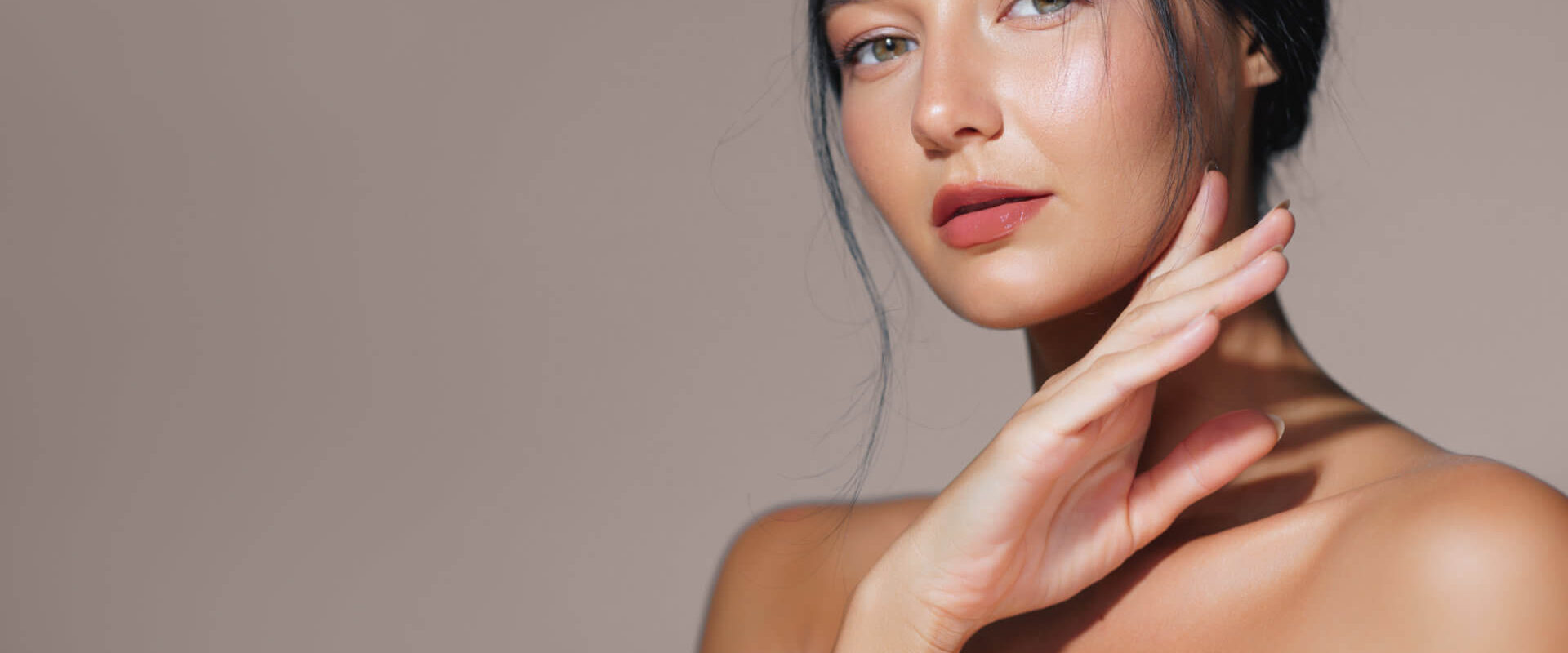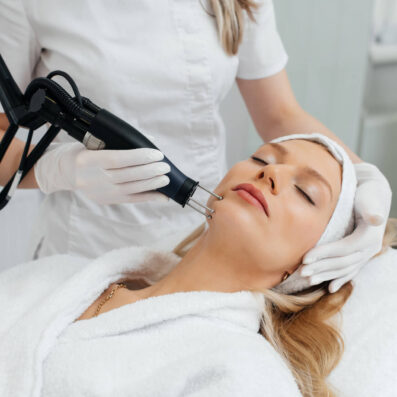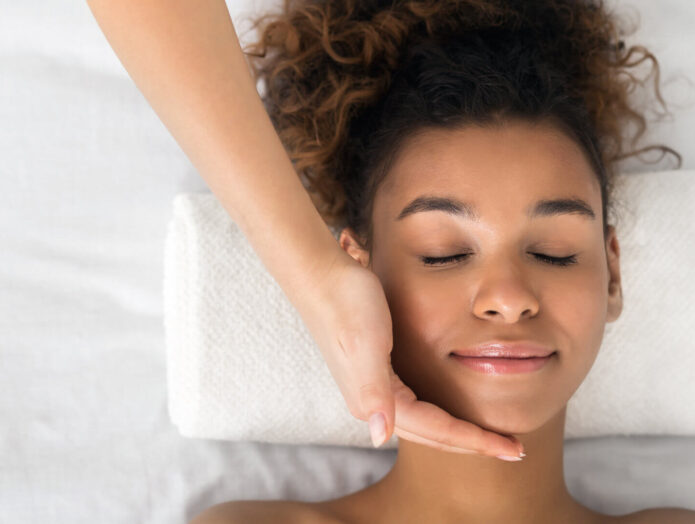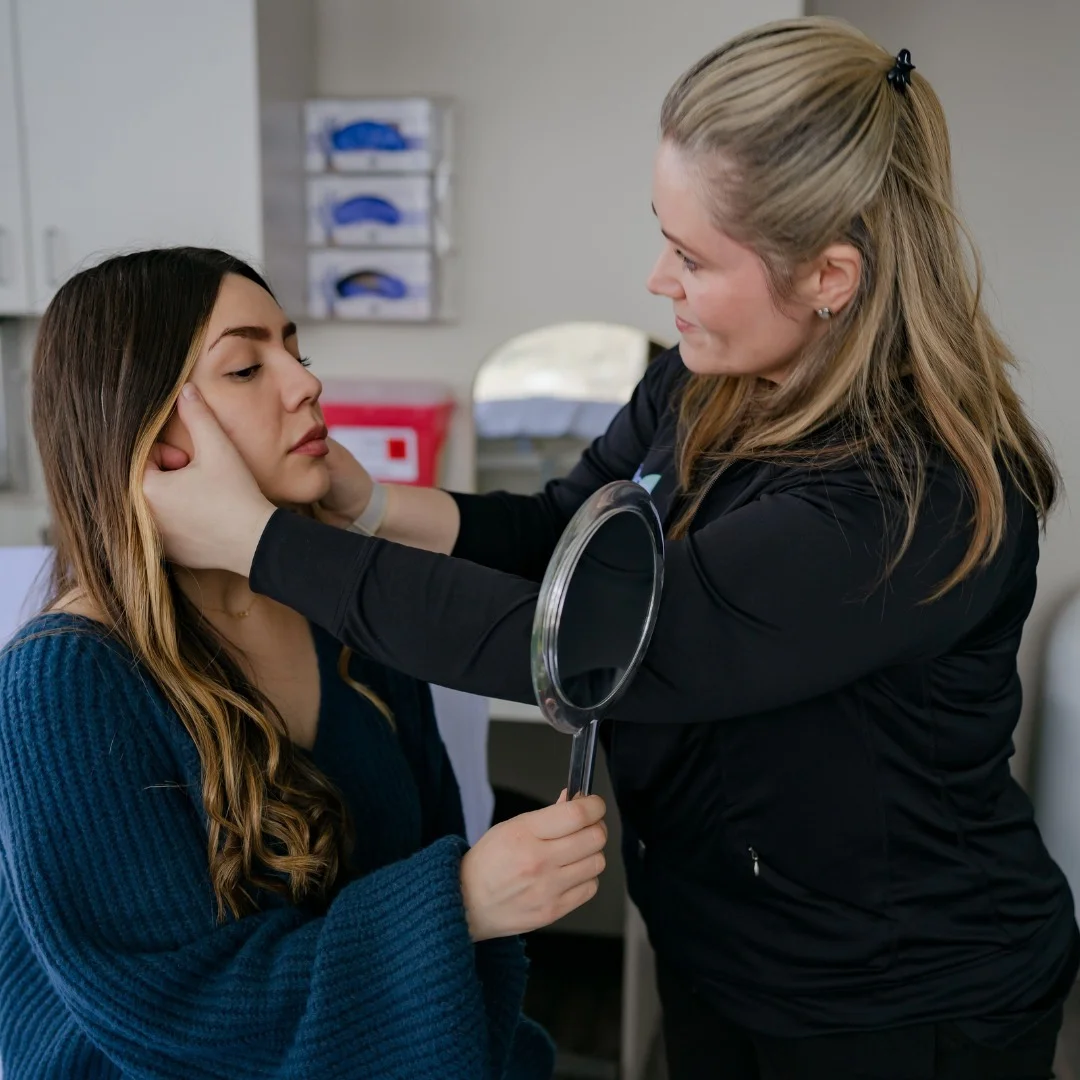What’s Recovery Like After Ablative Fractional Laser Resurfacing?
Recovery and downtime from ablative fractional laser resurfacing varies depending on the specific laser used and the intensity of the treatment. Here’s what you can typically expect in terms of downtime from each:
- UltraClear: Generally has the least downtime, often just a few days of redness and mild swelling
- ProFractional: Typically has slightly more downtime than UltraClear, but still relatively short; usually about three to five days
- Vydence 2940: Downtime is usually similar to or slightly longer than ProFractional (three to five days), depending on treatment settings
- Fractional CO2: Often requires the longest downtime, typically seven to 10 days or more, depending on the treatment intensity
After any ablative fractional resurfacing treatment, you can generally expect redness and swelling for several days to a week following the procedure. Mild discomfort is common but can typically be managed with over-the-counter pain relievers. As your skin heals, you may experience peeling or flaking. This is a normal part of the process as your body sheds damaged skin cells. Within one to two weeks, you should notice the formation of new, healthy skin in the treated areas, revealing a fresher, more rejuvenated appearance.
How to Care for Your Skin After Ablative Laser Resurfacing
Our Board-Certified Dermatologists will provide you with detailed laser resurfacing aftercare instructions to promote optimal healing and results. These instructions may include:
- Keeping the treated area clean and moisturized
- Avoiding sun exposure and using broad-spectrum sunscreen
- Refraining from using harsh skincare products during the initial healing phase
- Attending follow-up appointments to monitor your progress
Expected Results From Ablative Fractional Lasers
When Will I See My Ablative Fractional Laser Resurfacing Results?
While you may notice some improvements in your skin’s texture and tone within the first few weeks after treatment, the full results of ablative fractional laser resurfacing develop gradually. As your skin heals and remodels, you’ll continue to see improvements for several months following the procedure.
Significant results are typically visible within three to six months after treatment, with continued improvement possible for up to a year.
How Long Will My Ablative Fractional Laser Resurfacing Results Last?
The results of ablative fractional laser resurfacing can be long lasting, especially when combined with a good skincare routine and sun protection. Many patients enjoy the benefits of their resurfacing treatment for several years.
However, it’s important to note that the natural aging process will continue, and future sun exposure can affect your results. You may benefit from periodic maintenance treatments or complementary procedures to maintain your rejuvenated appearance.
Rewind Time, One Fraction at a Time With Ablative Lasers in Denver
If you’re interested in experiencing the rejuvenating effects of ablative fractional laser resurfacing, we invite you to schedule a consultation with one of our Board-Certified Dermatologists at AboutSkin Dermatology and Aesthetics. Our expert team will work with you to develop a treatment plan for your specific skin concerns and aesthetic goals.
Contact us today at 303-756-7546 or via our online consultation form to learn how laser resurfacing can give you smoother, more youthful skin.





